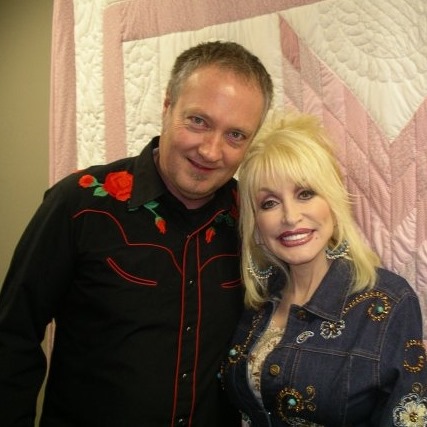Marlena Shaw – Woman Of The Ghetto
29th May 2021 · 1960s, 1969, 1970s, 1974, Blues, Funk, Jazz, Music, SoulMarlena Shaw’s spellbinding live version of Woman Of The Ghetto from 1974 transforms a tribute to African-American women into a civil rights anthem.
“How do you raise your kids in the ghetto? Do you feed one child and starve another? I’m proud, free, black, me. Strong, true, my eyes ain’t blue. I am a woman of the ghetto.” With these words, Marlena Shaw spoke for every African-American when she sang this sorrowful and angry black pride anthem on her second album in 1969.
That was spellbinding. But this live version from the Montreux Festival five years later – all ten minutes of it – is spine-tingling. The slinky, funky bassline, the shuffling drums, the scat vocals taking us by the hand and leading us into the dark heart of the song.
This version takes the lyric further, far beyond the album’s questions about racial inequality in America’s urban ghettos (“How do you raise your kids in the ghetto? Feed one child and raise starve another? Tell me Mr Legislator”) and deep into the shameful history of slavery:
“Puts me in mind of coming across the water in a boat, chained together, tied together. They said: No, no, they’re really not man and woman. Just chain ’em up, tie ’em up.’ That’s where the movement came from.”
And deeper again into the exploitation of impoverished black women amid the gleaming skyscrapers and sleek limousines of America’s inner cities, forced into a new kind of slavery in their new home – domestic slavery, drugs and prostitution. “I’ve seen the children dying. And I’m one of the mothers crying.”
The defiant finale to Shaw’s black history sermon is extraordinarily poignant and powerful: “Remember me, I’m the one who had your babies… Well I ain’t gonna raise your babies no more, I am a woman of the ghetto.”
With her steamy blend of funk and soul, jazz and RnB, Marlena occupies the same sort of musical space as Nina Simone, and a similar dedication to civil rights.
She grew up in New York, listening to gospel and the jazz of Miles Davis and Dizzy Gillespie, making her live debut at the age of only ten when her uncle, a jazz trumpeter called Jimmy Burgess, brought her onstage to sing with him at the Harlem Apollo.
It would be another 15 years before she signed her first record deal, with the Chicago label Chess, who released her first two albums on their Cadet subsidiary. The six-minute studio version of this is from her second, The Spice Of Life.
She had one hit, the Ashford & Simpson-penned California Soul, at Cadet, where her hybrid style never quite fitted the label and she spent the next four years singing with the Count Basie Orchestra before finding a more natural home at the great Blue Note jazz label – becoming the first female artist they signed.
